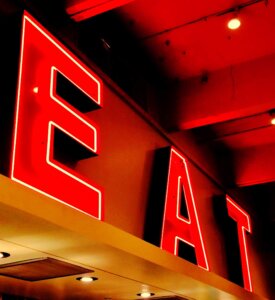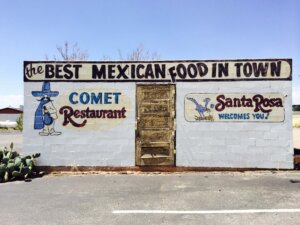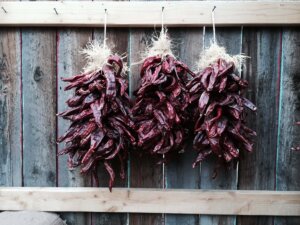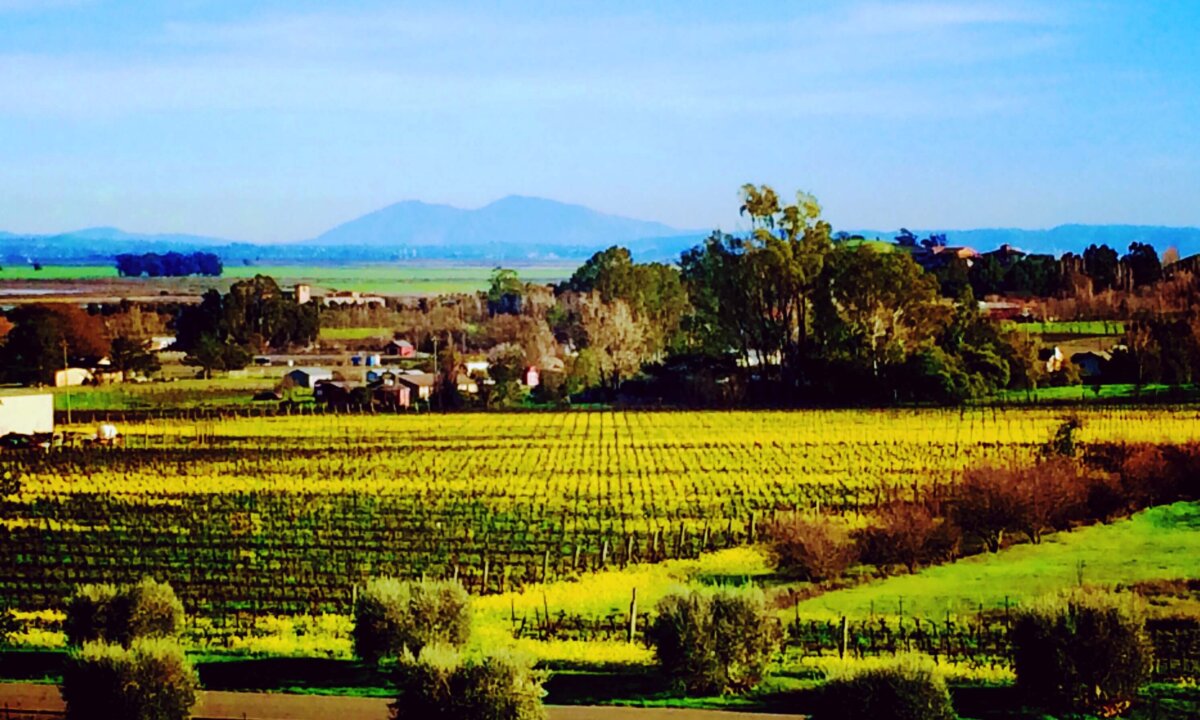Keizai Silicon Valley, the organization here promoting network-building as a means of achieving successful US-Japan business relations, put on one of the most interesting programs this past week that I’ve attended year-to-date; a Keizai Silicon Valley panel discussion focused on “Trends in AgTech: Real Needs in the Industry.”
Without looking, how far do you estimate it is from Silicon Valley central to “The Salad Bowl of the World,” Salinas Valley?
Google Maps says 78 miles by car from the HP Garage at 369 Addison Avenue in Palo Alto to John Steinbeck’s boyhood home at 132 Central Avenue in Salinas.
An hour-and-change drive on a good day takes you from down on The Farm to somewhere just East of Eden.
But, despite being affectionately known as The Farm, Stanford alums, working in Silicon Valley as engineers, or perhaps as venture capitalists in offices somewhere along Sand Hill Road, have invested surprising little attention historically to AgTech, even though we all have to eat sometime. (See, for example, the April 2015 piece AgTech Is The New Queen Of Green; “According to data from the CleanTech Group, investment in AgTech was relatively flat before 2013.”)
That’s about to change.
From Keizai Silicon Valley: “The agriculture and food industries are estimated by the Food and Agricultural Organization (FAO) to comprise 10% of global GDP – making them the largest industries in the world. Concerns over food production and distribution relating to global climate change, land-use change, emerging health issues, and a growing population are driving innovation like never before. Last year, venture capital invested $4.6 B into the category, an almost 100% increase in investment year-over-year. Much of that investment has occurred right here in California – the most productive agricultural production region in the US, and the 5th largest agricultural producer in the world.”
Silicon Valley is eying Salinas Valley green for lunch.
Telling us more about that with great enthusiasm, at the Wilson Sonsini Goodrich & Rosati offices on Page Mill Road in Palo Alto, was a panel comprising Nathan Dorn – CEO & Founder, Food Origins; Tomer Poran – Associate, Draper Nexus Ventures; Roger Royse – Founder, RoyseLaw AgTech Incubator, Royse Law Firm; and Tim Koide, Panel Moderator, and Co-Founder, HarvestPort.
With big thanks thrown to Phil Keys, tireless Twitterer @KeizaiSV, and from my own impressions of the event, here are selected highlights from the conversation:
There is an astounding difference in the revenue per acre realized from growing a corn crop, a wine grape crop, and a crop of juicy berries – orders of magnitude differences between the (cheap) commodity, corn, harvested by machine, and the delicate (expensive) berries, which can only be hand-harvested.
And yet today it is mostly the commodity crop that has been mechanized and sensorized and actionized (is that what you do when you make decisions from actionable data?) in order to greatly increase its yield.
What about our leafy greens and luscious berries? Are they ripe for innovation too?
If Food Origins has its way, hand-harvested fields will be filled with hand-carried sensors on each of the pickers, sensors that with a click, will produce the kind of precision data on which actions can be based.
 Data are good, and robots maybe better: California, like other regions of the world, including Mexico, has a dwindling pool of labor participating in hand picking, making the cost of goods higher, or worse yet, producing waste from produce that spoils in the field before it can be harvested.
Data are good, and robots maybe better: California, like other regions of the world, including Mexico, has a dwindling pool of labor participating in hand picking, making the cost of goods higher, or worse yet, producing waste from produce that spoils in the field before it can be harvested.
Robots to the rescue? And what country better positioned today than Japan, which has experienced shortages of agricultural labor going back before the present trend was visible here in California, and has addressed that shortage by vigorously developing a class of robots well-suited to the more delicate tasks.
Personal attendant robots performing elder care, for example. And now maybe ones suitable for harvesting elderberries.
Berry plants are annuals; they last just a year. Your BlackBerry device maybe two, before you head for its replacement. But an asset like an almond tree should be productive for twenty years or more; what you do to the tree this year, in terms of watering, pruning, and pest control, has consequences that will potentially affect its yield for decades. So the actions a grower takes better be based on the right data, and the actions a grower takes better be the best-informed actions possible.
 Throw in a few confounding factors, for example climate change, and the aforementioned labor situation, and we’re going to need to marshal our best efforts to feed the world of 2050 by investing in the AgTech of now, while somehow accommodating an AgTech investment business model that values the fairly long-horizon returns seen on those investments compared to other candidates.
Throw in a few confounding factors, for example climate change, and the aforementioned labor situation, and we’re going to need to marshal our best efforts to feed the world of 2050 by investing in the AgTech of now, while somehow accommodating an AgTech investment business model that values the fairly long-horizon returns seen on those investments compared to other candidates.
An app for food delivery won’t make sense in a world short of food.
Sensors, data, analytics, and better lettuce.
There’s now a distinctive note of silicon in the Salinas Valley terroir.
From Santa Clara, CA, thanks for reading. ~PFW























